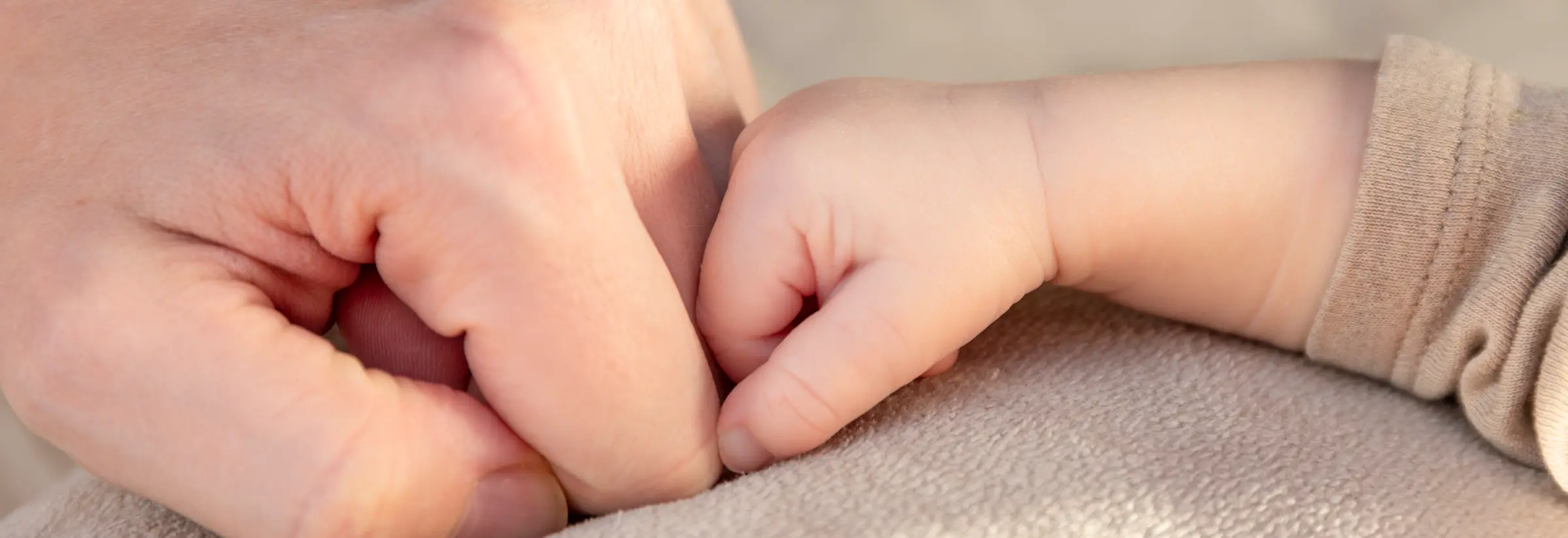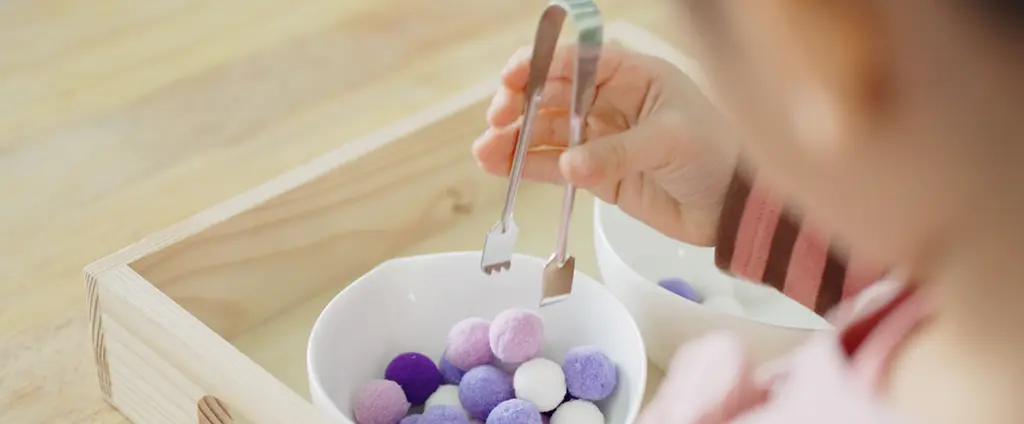
Hand surgery
CORRECTING CONGENITAL MALFORMATIONS IN BABIES – FOR TANGIBLE RESULTS
Until a few years ago, many corrections of congenital malformations on the hands of babies and small children were almost impossible to operate on successfully. Transferring toes to the hand, repositioning fingers and phalanges, transplanting tissue from other parts of the body to the hand, repositioning tendons; all these operations are very complicated.
This is because expert knowledge is required for malformations of the tiny hands of our youngest clients. The development of a child is so rapid that the right time for surgery must be chosen carefully. This is often between the 12th and 18th month of life. Sometimes, however, you should not wait until a child’s first birthday to perform hand surgery. It is advisable to correct hand malformations promptly so that the child does not have to learn to grasp again.
At the ETHIANUM, we find the right time for hand surgery for infants. A surgeon with an excellent reputation is at your side. Prof. Dr. Germann, a specialist in plastic surgery and hand surgery, has been operating on hand deformities in small children for over 25 years. “Microsurgery also enables successful corrections to be made to tiny hand structures in newborns. At the ETHIANUM, we have state-of-the-art methods and high-performance surgical microscopes. We are also familiar with very rare cases of hand malformations.”
Read how congenital malformations in babies are corrected and corrected.
Contact us
Does your toddler have a hand deformity? Then have a consultation with our hand surgeon Prof Dr Germann in Heidelberg as soon as possible after it has been detected. He will examine your child and then inform you in detail about the hand surgery options available to correct these hand malformations. Make an appointment with Prof Dr Germann in person with just a few clicks. Right here via our contact form or by telephone.

THE MOST COMMON HAND MALFORMATIONS IN INFANTS
The development of an embryo’s hands is a complex process in which even the smallest genetic changes can lead to a malformation.
Such malformations can be triggered by random disturbances during the development process. Factors that can cause a spontaneous malformation include taking medication, exposure to chemicals elsewhere or radiation. The good news is that these hand malformations can be corrected. Here is a brief and concise overview of the most common hand malformations in infants.
Parents can rest assured that at the ETHIANUM in Heidelberg, experienced specialists are practicing hand surgery on infants using innovative surgical procedures and excellent equipment. The focus is always on minimizing stress for the young patients. The malformations of the hands or feet described here can usually be successfully corrected in hand surgery at the ETHIANUM in Heidelberg.
Two or more fingers are fused together – syndactyly
Syndactyly is a loose connection of the skin, similar to the webbed skin of a frog. In some cases, however, bony adhesions also occur. Hospitalisation is not necessary, but a week of rooming-in is recommended.
Multi-fingeredness – polydactyly
In multi-fingeredness, individual fingers or toes are present twice. The outer limbs of the hand or foot are usually affected, i.e. thumb or little finger or big or little toe. Hospitalisation is not necessary, 3 days rooming-in is recommended.
Absence of one or more fingers – oligodactyly
Oligodactyly occurs very rarely. Either individual fingers or toes or the corresponding part of the hand or foot bones, called the ray, are missing. Even in complex cases, surgical intervention offers the possibility of restoring the gripping function of the hand. This is followed by an inpatient stay of 2 weeks.
Lateral deviation of one or more fingers or the thumb – clinodactyly
Clinodactyly is a malformation that does not necessarily need to be corrected. If the child is able to grasp well despite not having straight fingers and is not in pain, it may be possible to avoid surgery. This is followed by an inpatient stay of 2 to 4 days.
Congenital flexion of the thumb – pollex rigidus, pollex flexus congenitus
This congenital hand deformity is often first recognised due to a thickening at the base joint of the thumb (Notta’s nodule). The child is then often already one to two years old or older. Hospitalisation is not necessary.
The middle joints of the fingers cannot be extended – camptodactyly
This hand deformity is congenital in children. It often only becomes apparent between the ages of 10 and 14. The so-called flexion contracture often affects the (little) fingers of both hands. If this does not interfere with the child’s grasping, surgical correction is not necessary. Splints and physiotherapy can significantly improve the condition. Camptodactyly is often caused by a malformed tendon or ligament attachment. Sometimes this contracture occurs frequently within a family, in other cases the cause cannot be clearly identified. An inpatient stay of around two days is necessary.
